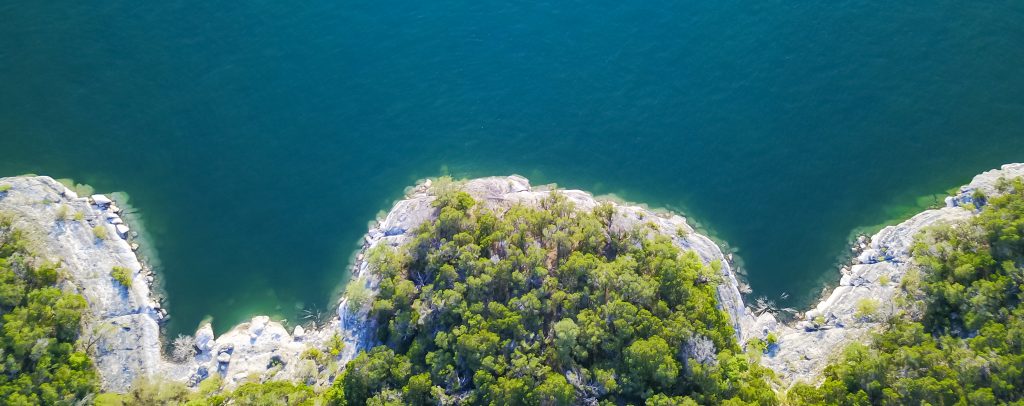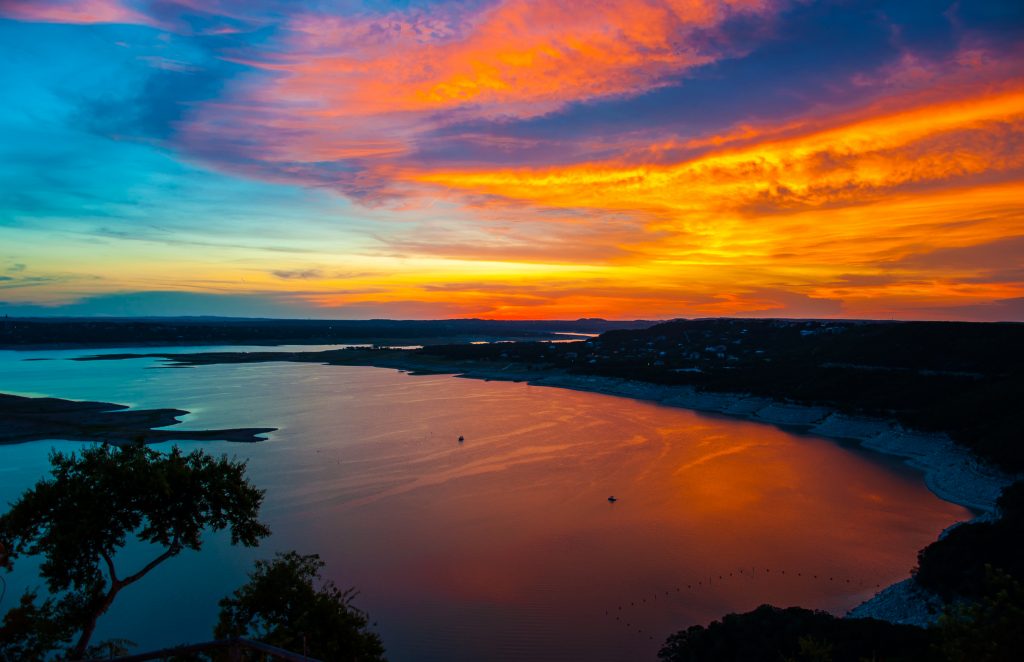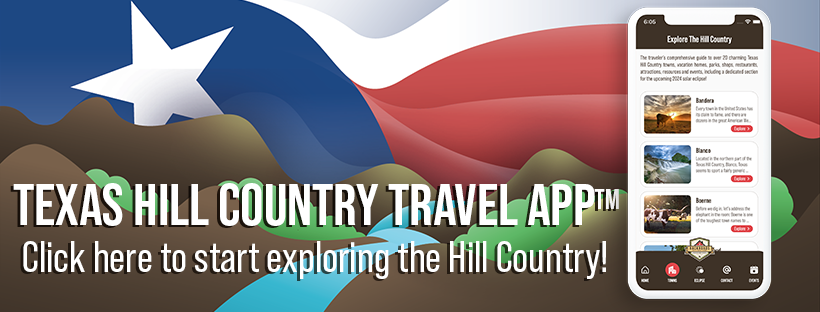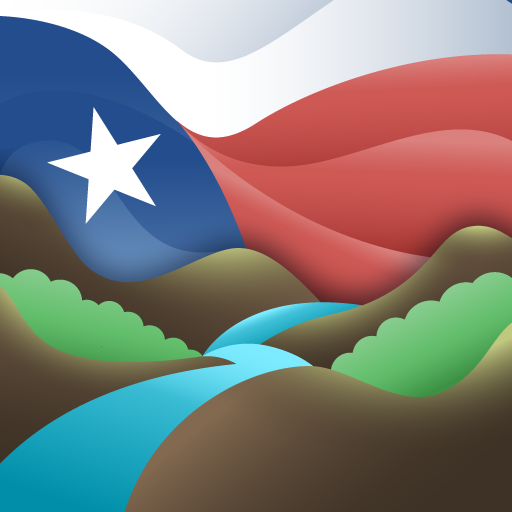JONESTOWN, TEXAS: A LAKESIDE “NEWCOMER”

Lake Travis lies on the northeast edge of the Texas Hill Country, and on its north shore you’ll find Jonestown. It has a strongly-established reputation as a resort community with the lake nearby, and as a matter of fact it didn’t exist as an official settlement until the lake was created. In that context, Jonestown is a relative newcomer to the area compared to the older towns which got their start in the 1850s and 1860s. Let’s take a look at the events and people that brought Jonestown to where it is today.
For centuries, the area was of interest to Native American tribes and, come the 1600s, the occasional Spanish explorer or conquistador. The Colorado River provided a reliable source of fresh water, so over time a few steady but unremarkable settlements were built in the area. What’s more, the city of Austin was founded just 13 miles to the southeast of what would become Jonestown, so the majority of European immigrants to the region settled there. Beyond a couple of farmsteads and ranches, there was no reason to create another community with Austin nearby.
Then came the dam! With the Lower Colorado River Authority (LCRA) at the helm, it was decided to dam the Colorado to serve the growing city of Austin and areas north. Ground was broken on February 19, 1937, on what would be called the Marshall Ford Dam. (It should be noted here that “Marshall Ford” was not a person’s name, but a geographic feature on the Colorado; a “ford” is a shallow section of a river or creek that can be crossed easily.) Briefly after its completion, the dam was renamed Mansfield Dam to honor US Representative Joseph J. Mansfield, chiefly for his service on the House Committee on Rivers and Harbors.
The Colorado River north of the Mansfield Dam swelled, creating the reservoir known as Lake Travis (named after the legendary Alamo hero William B. Travis, as is the county in which the lake is located). As the lake filled, it didn’t take long for entrepreneurial minds to consider the possibilities of lakeside recreation.
Those entrepreneurs were brothers Emmett and Warren Jones. They built their homes there in the late 1930s, and in 1940 Warren erected the first commercial structure. For several years, the little community, which was already being called “Jonestown,” was a weekend getaway spot for fishermen, boaters, and nature lovers. What momentum for growth the village had was halted temporarily by the Great Depression and World War II, where people and resources were needed more urgently elsewhere.
When automobiles became more popular and affordable in the late 1940s, more permanent homes sprung up in Jonestown as folks found it easier to live there year-round and commute to Austin for work. Over the next few decades, the population grew from just a few full-time residents to over 500 by the late 1970s. More elaborate homes were being built, taking advantage of the picturesque lakeside views, and exclusive gated communities and resorts flourished.
In 1985, the City of Austin announced ambitious plans to annex as much of the Colorado River bed and surrounding land as it could. This resulted in a mild onset of civic panic in several of the communities around Lake Travis, and Jonestown was one of the towns that officially incorporated in that year to thwart becoming a mere suburb of Austin. From that point forward, Jonestown’s growth was rapid, expanding from around 600 when it incorporated to 2,400 today.

Much of Jonestown’s economic well-being is centered on tourism and lake-related recreation. There are numerous parks, attractions, and businesses catering to fishing, boating, swimming, hiking, and other water and nature-related activities. As an interesting side note, Jonestown is home to thousands of chimney swifts, helpful little birds who clear the air of biting insects and put on acrobatic air shows as they swoop to feed at dusk.
There’s a lot to keep you occupied, and plenty of ways to relax, in Jonestown! To help with your explorations before and during your visit here, we’ve collected business and attraction information about the town and its surroundings, and it’s all arranged at the bottom of this page in listings sorted by category. All the shops, parks, restaurants, and kid-friendly spots in and around Jonestown are just a click or two away. It’s an easy-to-use road map for your visit!
If you’d like to take a look at other towns in the Hill Country, we’ve thought of that, too! We’ve put dream vacations together in the area (we live and work here, and we love it), and all the expertise we’ve gathered since 2001 is yours with a FREE download of the Texas Hill Country Travel App! We’ve researched over 1,800 local businesses and attractions, and it’s all in the app, sorted by town and type.
In over 20 years as Hill Country property management professionals, we’ve learned from our neighbors, business people, vacation rental owners, and travelers! Our app takes that knowledge and applies it to your unique vacation needs, from property listings to booking info, from check-in to heading home, and app-exclusive perks! We’ll even keep you up-to-date on special events in the area.
This beautiful region of the Lone Star State is our home, and we love showing it off! We’ve arranged Hill Country getaways for everything from romantic escapes to gatherings like weddings and reunions. Feel free to contact us; we’d love to inspire you to fall in love with the Texas Hill Country just as we have.
Explore the Hill Country
The Backroads Reservations Hill Country Travel App

Antiques

Restaurants

Bars

Kid Friendly

Gifts

Parks

Stores





